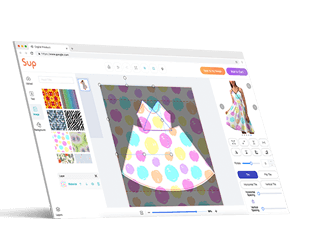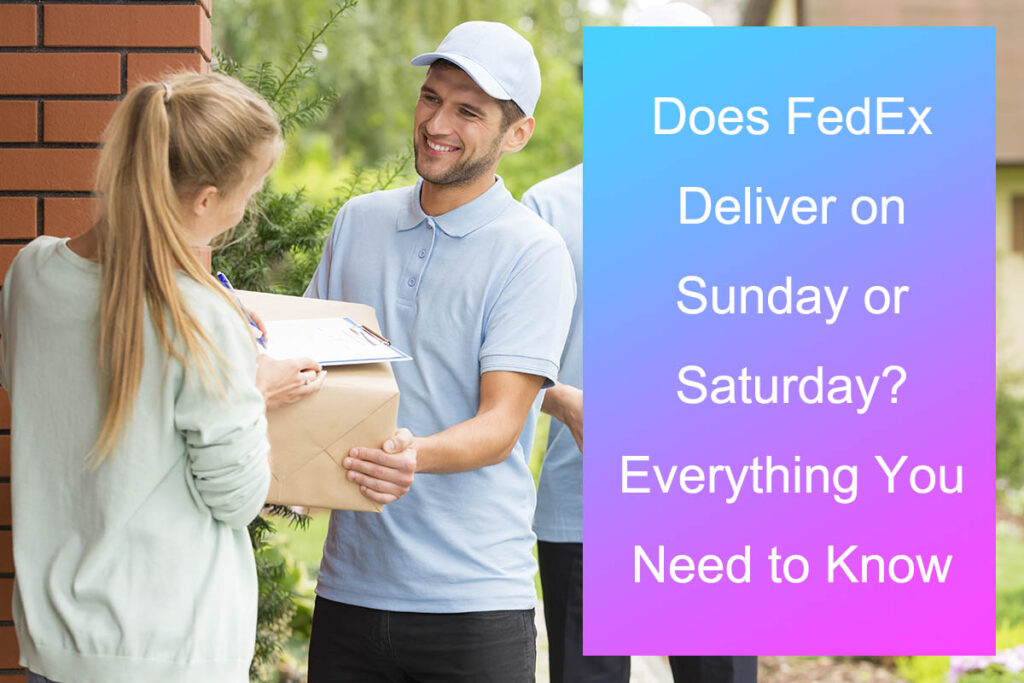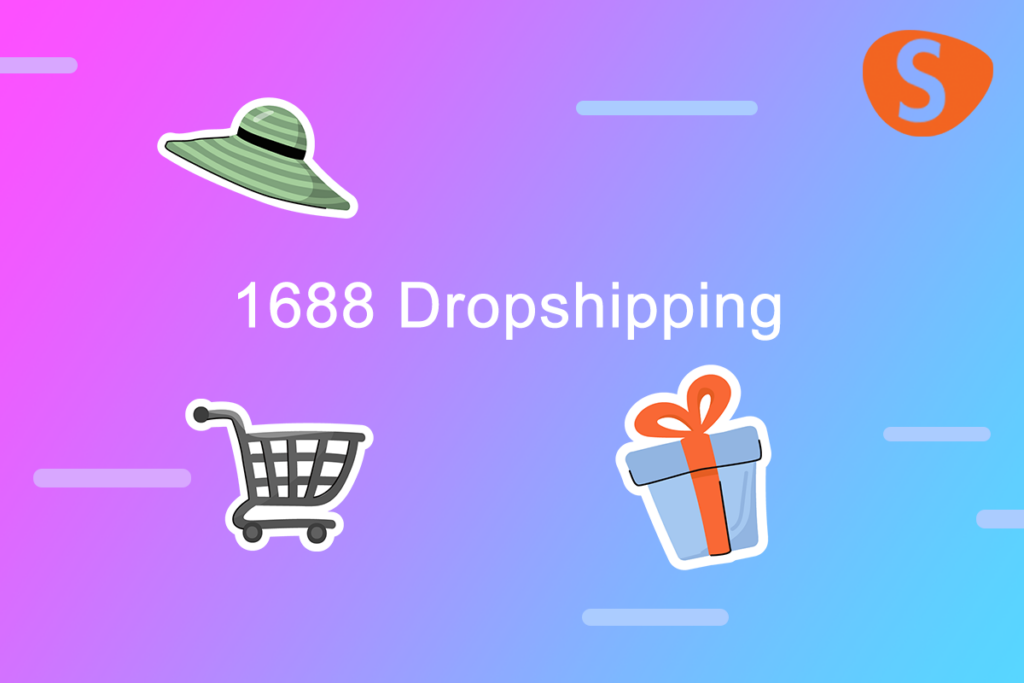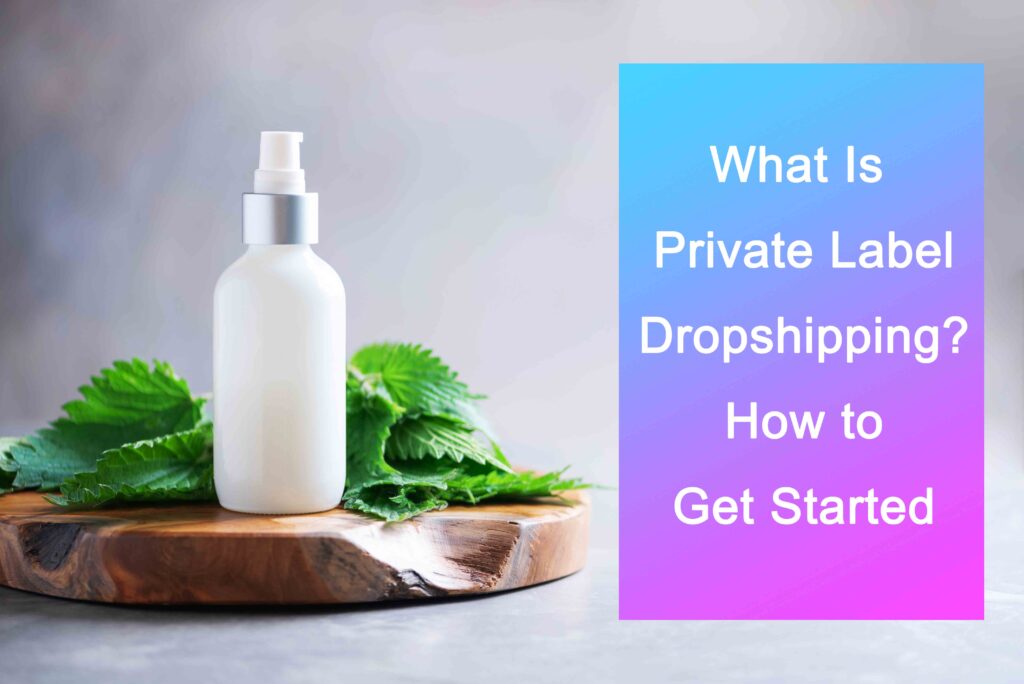How to Dropship on Amazon Without Money (Complete Guide) 2025

There’s this common misconception that you need thousands of dollars to invest in inventory, warehouses, and shipping logistics to sell on Amazon, one of the biggest online marketplaces worldwide.
But I’m here to tell you that there’s absolutely no need to break the bank just to be an Amazon seller.
The secret key? None other than the modern business model called “dropshipping.”
In this post, we’re going to cover how to dropship on Amazon without needing a hefty initial investment.
If you’ve been dreaming of earning money online passively, this blog post will be your pathway to one of the best, cheapest, and easiest ways to turn those dreams into reality!
Amazon Dropshipping Explained

If you’re reading this article, chances are, you already have a gist of what dropshipping is.
However, one of the most common mistakes I see rookie dropshippers make is entering this industry without having a clear understanding of the dropshipping process.
So, let me give a relatively in-depth overview of how dropshipping works on Amazon and virtually every other platform.
Let’s start with the textbook definition:
Dropshipping is an eCommerce business model where store owners can sell products without needing to hold inventory or complete the fulfillment of orders. That’s because when customers order, dropshipping suppliers will handle all the production and shipping processes on behalf of the store.
Sounds very enticing on the surface, right?
But before you get too excited about diving into this business venture, let’s first dive deep into how this seemingly easy business model is possible before you decide whether you want to do it.
Wenn du dropship on Amazon, remember that there are two key players responsible for providing the products to the customers: the store owner (or dropshipper) and the supplier.
Based on their name alone, it’s pretty self-explanatory that suppliers are responsible for “supplying” or “manufacturing” the products to the store owner.
But in the realm of dropshipping, that’s just a scratch of what suppliers do.
Apart from providing the actual products, suppliers manage inventory, conduct quality inspections, and ship the orders directly to the customer’s address.
When returns or replacements are needed, they might also be the ones responsible for facilitating those processes.
Technically speaking, suppliers run most of the operational aspects of dropshipping stores.
So, you, the dropshipper, only need to manage the front end of selling on Amazon, which means you’ll need to handle the branding, marketing, and customer support of your business.
However, take note that this reduced responsibility also comes with a price, including earning less profit to pay suppliers for their trouble, facing hurdles of finding the “perfect” supplier, and having less control over the store’s product quality.
Does Amazon allow dropshipping?

Yes, Amazon allows dropshipping on its platform as long as you, the seller, follow the platform’s strict rules.
Specifically, you must be the only seller identified in the invoices, packing slips, external packaging, and other materials that customers will receive or have access to when purchasing from your Amazon store.
After all, if customers see a different name or multiple ones on items they ordered, it can cause confusion, leading to buyers wondering:
- Whether they’ve received the wrong product
- How their products are being fulfilled
- Who to contact if they have problems or questions with their order
Because of this, Amazon wants to ensure that if sellers intend to dropship products on their Amazon storefront, the dropshippers must:
- Only work with suppliers who know Amazon’s dropshipping policy
- Remain responsible for processing the returns & refunds of their customers
- Comply with the Services Business Solutions Agreement and the other applicable policies of Amazon
Is it possible to dropship on Amazon without money?

Truth be told– it’s impossible not to pay any amount at all when dropshipping from Amazon.
But before you jump to conclusions– hear me out.
I’m sure when you say you’re “broke,” you don’t actually have $0 left in your wallet or bank account. We’ve just coined that expression to mean we can’t afford the luxuries we would otherwise indulge in if we had enough money.
Similarly, the “without money” this article mentions doesn’t actually refer to not spending a single dollar. Instead, it refers to starting this venture without significant investments.
So, how much will you need exactly?
Well, hate to say vague details, but it truly depends.
That’s because how much you need will depend on how much is “enough” to temporarily cover the product prices of your store’s two weeks’ worth of orders.
Buffer money, basically.
Let me explain further.
See, although customers must pay upfront to place an order at your Amazon store, it’ll actually take approximately two weeks before your Amazon store’s earnings reach your pockets.
And, unless you plan on fulfilling your customers’ orders two weeks after they were placed, you better have enough money to pay for the items the customers ordered from your reliable suppliers, as they’ll need payment upfront before shipping each order.
For most beginners, I’d say having at least $500 will be sufficient to cover upfront expenses.
You can still make do with less money, of course, especially if you’re not making many sales yet or the prices of the products you’re sourcing are very low.
Mehr lesen: 4 bewährte Ansätze für den Verkauf auf Amazon ohne Lagerbestand
How to Dropship on Amazon Without Money: 5 Steps
Ready to start dropshipping on Amazon on a budget? Well, you’re just 5 steps away from this dream.
Step 1: Create an Amazon selling account
First things first, create an Amazon selling account and familiarize yourself with the platform.
To do that, simply head to Amazon’s Webseite or app and create an Amazon seller account.
Important: Make sure to choose the “individual” selling plan to minimize upfront costs.
This plan will eventually charge you a subscription fee of $0.99 per item sold (along with other fees), but it’ll allow you to sell on Amazon without paying a monthly subscription fee. ‘
Creating your Amazon seller account early on also allows you to familiarize yourself with the potential selling fees you may encounter down the road, allowing you to better evaluate how much to price your products later.
Step 2: Find profitable products

I always consider the process of finding profitable products a two-step approach. Yup– you can’t just blindly import all trending products into your store in an attempt to cast the widest net possible.
First, choose a niche. Then, proceed to find suitable, profitable products.
Wählen Sie eine Nische
Before you can even search for the types of products that you think can sell well, you first have to ask yourself:
What’s my store’s niche gonna be?
Your shop’s niche is going to be the industry or market it focuses on. Just think about it. If you want to buy a new charger, you’ll want to buy from a reputable electronics store.
Similarly, if you want a toy for your pet, you’ll want to buy from an Amazon shop that clearly specializes in pet products. Not some random general merchandiser selling pet toys on one page and laundry detergent on another.
Notiz: You also need to list your products under specific “Departments” on Amazon, making the niche-picking process even more essential.
I know it can be intimidating to choose a niche from scratch, especially if this is your first business rodeo.
But the good news is that there are lots of online videos or blog posts about finding your dropshipping niche, so you won’t be at a complete loss.
In general, make sure you find a niche that:
- You’re passionate about
- Has healthy competition (not too much or less)
- Is profitable (still relevant in the current world)
Profi-Tipp: Nicheing down doesn’t have to be an overnight process. Take all the time you need to research what is best suited for you.
You won’t be wasting too many resources while refining your niche, but you will if you start investing heavily in an industry that you later realize is not for you.
Find profitable products within your niche
If you’re planning on selling on Amazon, one of the best ways to conduct product research is to stalk the Amazon Best Sellers.
Doing so is free and totally easy to do!
Here’s a brief rundown of finding Amazon’s Best Sellers within your niche:
- Go to the Amazon website.
- Tippen Sie auf die Alle button on the top-left side of the page.
- Under the “Shop by Department” section, click the See all dropdown menu.
- Choose your chosen niche (or the closest one to it).
- Narrow down further the type of products you want to research about.
- Filter the results by sorting them by “Best Sellers.”
And that’s pretty much it!
At this point, you’ll see all the best-selling products under the product categories of your choice. Allowing you to compare each product’s individual metrics, such as how often they were bought in the past month, how much they each are, how high their scores are, and so on.
More often than not, it’s in your store’s best interest to also offer the best-selling products within your niche. Or, at least, offer alternatives to the currently in-demand products.
Now, there are pretty much over a dozen ways to find profitable products within your niche. So, as much as possible, combine several strategies and don’t just stick to one.
If you want a hassle-free process, you may use dropshipping applications like Sup Dropshipping, which will give you a list of all the current hot-selling products within your niche in seconds.
It’ll literally do all the hard and long work of researching and analyzing data and analytics of the market and your competitors, letting you skip the tedious process and focus on important aspects such as pricing and marketing.
Alternatively, you may implement strategies such as spying on your competitors, keeping up with social media trends, and using keyword research tools to conduct product research to find hot-selling products.
Step 3: Choose dropshipping suppliers

Personally, I think this process is the trickiest part of dropshipping.
Remember when I said that dropshipping suppliers pretty much handle more work than the owner of the store itself?
Well, while this certainly makes it easier to sell on Amazon, it also means that if your suppliers ever mess up an order or your brand’s reputation in general, your store will take the hit, not your supplier.
Because of this, you must be absolutely careful when choosing your supplier.
That said, here are the 3 most common ways to find dropshipping suppliers:
- Using Chinese retail websites
- Contacting suppliers directly
- Through Sup Dropshipping
One’s not necessarily better than the other (though I personally like Sup Dropshipping the most). So, let’s weigh the pros and cons.
Using Chinese retail websites
Join China-based retailers such as AliExpress, DHgate, Und Alibaba to find suppliers who have excellent products. It’s always necessary to talk to your suppliers of choice on these platforms because their suppliers haven’t actually been fully vetted.
Interesting topic: Aliexpress vs. DHgate im Jahr 2025: Ein detaillierter Vergleich
Contacting suppliers directly
Find suppliers by researching through Google, social media, trade shows, or supplier directories. Then, contact them directly by phone or email.
Sup Dropshipping
Through our dropshipping app, you can find carefully vetted suppliers and ensure every item will go through an extensive product quality check before shipment.
Moreover, you can integrate Sup Dropshipping to Amazon to seamlessly automate the dropshipping process, which can turn dropshipping into a quick and passive income!
Once you know exactly which suppliers to work with, go ahead and…
Step 4: Import product listings to Amazon

There are two ways to list products on Amazon: adding to existing listings or creating a separate product detail page for each item.
Dropshippers can use either of these methods, so feel free to choose whichever is appropriate for each product you want to add to your store.
Notiz: Optimizing product listings is one of the best dropshipping tips to increase your sales.
So, make sure that you complete the product detail page with care. This means using high-quality photos, ensuring that the product matches the product description, and avoiding any typos or grammatical errors.
Many dropshippers simply copy and paste the information from their suppliers’ product listings.
However, as much as possible, we recommend showing your store’s “personality” through your product listing.
Avoid generic descriptions.
Give them life. Make customers excited. Let buyers know how much they’ll love the product.
Mehr lesen: So erstellen Sie eine Amazon Storefront: Eine Schritt-für-Schritt-Anleitung
Step 5: Polish your Amazon store

After listing products on Amazon, they should automatically be available for buyers to purchase.
Now, some dropshipping rookies may leave it at that and simply play the waiting game.
But stopping just at product listing is a recipe for failure.
Dropshippers who eventually find success never fail to market their brand and products, always keep up to date with the latest trends and never stop learning how to be better.
The last step in dropshipping to Amazon without money doesn’t actually end at all.
It’s about always trying to grow your store.
And before you ask yourself how much it would cost you to market your business, tell you what– it doesn’t have to cost you a single dollar (but of course, paid marketing efforts sure have their pros).
Want to know more about polishing your Amazon dropshipping store on a budget?
Our agents are more than happy to help you here at Sup Dropshipping. Tell us how much you can afford to invest and what your goals are, and we’ll be more than happy to assist you through our app or website!
Tip to Succeed When Dropshipping on Amazon
Dropshippers who succeed on Amazon don’t rely solely on luck. It’s all about knowing what to do the right way and being helped by the right professionals.

That said, here are some of the essential tips to get started and work your way towards dropshipping success on Amazon.
Choose suppliers who have Amazon experience
As mentioned above, Amazon has pretty strict standards when it comes to dropshipping.
One slip-up of suppliers who forgot to remove their company name from the slips or invoices will put your account at a high risk of being suspended.
To prevent any legal or operating issues down the line, make sure to only work with suppliers who already have experience working for Amazon dropshippers.
And don’t just believe plain words and statements.
Request for actual proof, may that be documents, pictures, or receipts about their previous Amazon shipping process.
Remember, better safe than sorry. So, don’t be afraid to play the safe game.
Prioritize customer service
There are many factors that influence how customers perceive your store, but one of the most important ones is customer service.
Tatsächlich, 96% of customers agree that customer service is crucial in determining whether they’ll remain loyal to a brand.
But it doesn’t take an expert to guess why this high importance exists, right?
Just from experience alone, I’m sure you know how annoying or frustrating it is to have questions or concerns about products you just ordered but end up not receiving any response from the seller.
Surely, this isn’t the type of experience you want to provide your customers.
So, as much as possible, always respond on time, politely, and professionally. Doing so is completely free.
Always calculate profit margins
Dropshipping’s business model itself won’t guarantee profits for you. If you do the math wrong and charge way less than you should, you can end up not earning a single dollar per sale that you make.
Remember, Amazon’s account fees are not the only expenses you’ll be dealing with.
There are also fees you may be charged by your suppliers, possible hidden fees from middlemen, and other expenses.
I have a full tutorial on how to set a price for a product, so if you have no experience pricing your goods yet, I highly recommend checking it out.
Is it worth it to dropship on Amazon without money?
Dropshipping, just like any business venture, is far from easy. Especially if we factor in the fact that you don’t have much money to invest upfront.
However, if done correctly and with the right guidance, Amazon dropshipping is definitely profitable. So yes– based on my experience and the success stories we’ve heard from our clients here at Sup Dropshipping, dropshipping on Amazon, even without a lot of money, is worth it.
Just know, though, that no business idea is risk-free. So, always keep at the back of your mind that dropshipping businesses have the chance to fail just like any other endeavor.
Über den Autor

Mai
May ist Bloggerin bei Sup Dropshipping mit über 5 Jahren Erfahrung im E-Commerce. Mays Leidenschaft für E-Commerce treibt sie dazu, über die neuesten Trends auf dem Laufenden zu bleiben und ihr Fachwissen in ihrem Blog mit Ihnen zu teilen. In ihrer Freizeit liest sie gerne einen Roman oder plaudert mit Freunden.





Schreibe einen Kommentar